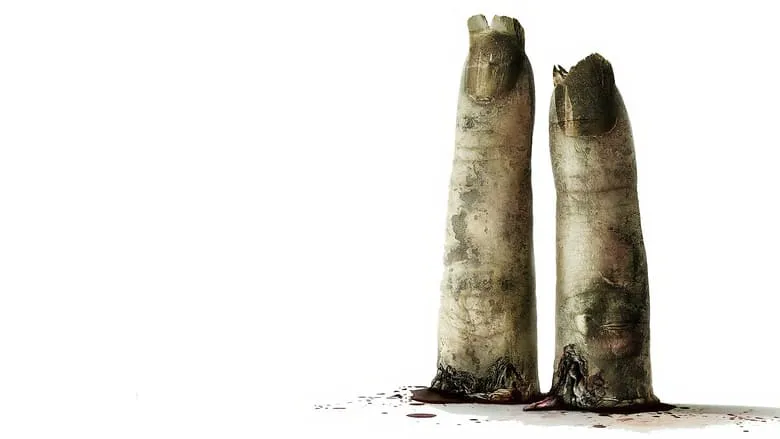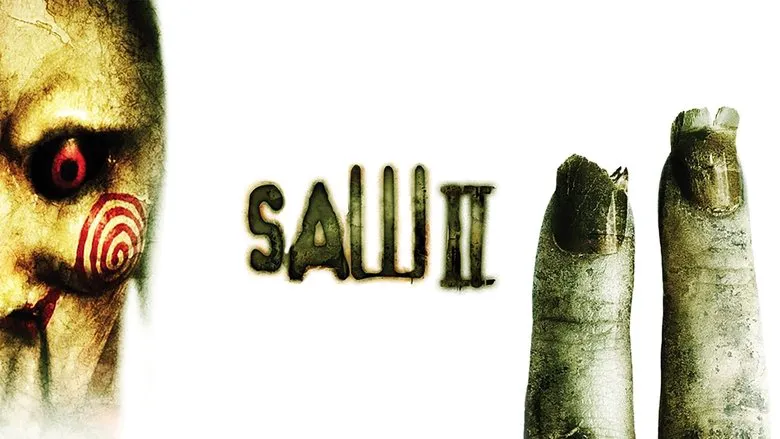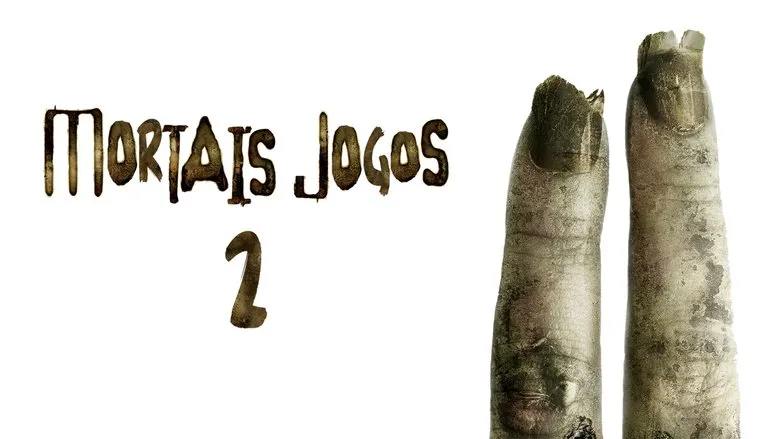Saw II: A Gruesome Spectacle or Just Gruesome?
Some say Saw II (2005) surpasses the original Saw (2004), but perhaps it would have been better suited as a radio drama. As a horror film, it leaves much to be desired. Instead of engaging with the visuals, you’re more likely to find yourself hiding your eyes, cringing, and wondering why cinema seats don’t swivel. It’s a far cry from the enjoyable experience you paid for.
In the realm of serial horror, one could argue that any installment is superior to the truly dreadful adaptations like The Master and Margarita or The State Counselor (2005). Yet, even with that low bar, Saw II struggles. Had it been a radio play, there might have been something to discuss. Instead, it’s a sensory assault that leaves you wishing for a more immersive, or perhaps less visual, experience.

The Game Begins
Before the opening credits even roll, we’re introduced to a man waking up in a desolate room with a bloodied eye. A monitor displays a masked figure explaining that the man is wearing a mask of his own – a contraption with two hinged halves. The monitor reveals the reason for the bloodied eye: the mask will snap shut, killing him, unless he finds the key. The key, of course, is hidden behind his eye, courtesy of the maniac on the monitor. This twisted individual has captured, incapacitated, and surgically altered the man, all to test his will to live. What follows is a drawn-out struggle against self-inflicted decapitation. Much of it is obscured from view, leading to the opening credits and the arrival of police to discover the gruesome aftermath.

More Than Just a Chainsaw
Despite the title, Darren Lynn Bousman’s Saw II doesn’t feature an actual saw in the vein of The Texas Chainsaw Massacre (2003). “Saw” is merely a moniker given to the manipulative maniac (Tobin Bell) by the sensationalist press, likely due to his penchant for “sawing” through situations and deriving pleasure from it. However, for the press, this situation is anything but enjoyable.
The film offers a few “original” horror elements. First, the primary subject of the experiment is a police officer (Donnie Wahlberg) who initially enters the closed room. After a bloody warning on the ceiling, Saw kidnaps his son and locks him in a basement. The father, driven by desperation, locates Saw’s hideout, leading to his swift capture by the police. But this is all part of the plan. The maniac welcomes them with open arms in an abandoned factory, remaining within sight. The true horror lies not in the capture itself.
Twists and Turns
Another twist reveals that the maniac is dying from emphysema, dependent on a breathing apparatus. The third surprise is that the kidnapped son and his companions are constantly visible to the police via monitors within the factory. The location of the captives is known, their actions are observed. The final “originality” is that all the victims have been poisoned with a substance that will soon take effect. This forces the actors to portray a gradual descent into madness, a more complex task than typically seen in horror films. Their eyes slowly bulge, a detail that is only partially effective.

A Repetitive Nightmare
The film’s structure is painfully monotonous. After the setup, it alternates between the kidnapped group wandering through corridors with dialogue and character development, and graphic scenes of violence. This cycle repeats, interspersed with the father and his SWAT team searching the factory and uncovering “psychological details.” The violence escalates, featuring self-mutilation for a “key,” acts in a furnace, and a pit filled with syringes.
The pinnacle of unwatchability occurs when a captive easily inserts her hands into a jar containing the “key,” only to find that the lid is lined with razor blades that close around her wrists. Despite the cinematic nature of the gore and the unexpected “psychofacts,” they fail to sustain interest. The confined space and the repetitive wandering become tiresome, and the ending hints at a similar scenario in Saw III.

The Verdict
It’s difficult to understand the appeal of such horror films as a form of “stress relief,” especially when the primary stress in our lives stems from monotony. These films only amplify that monotony with their unwatchable moments and overall bleakness.